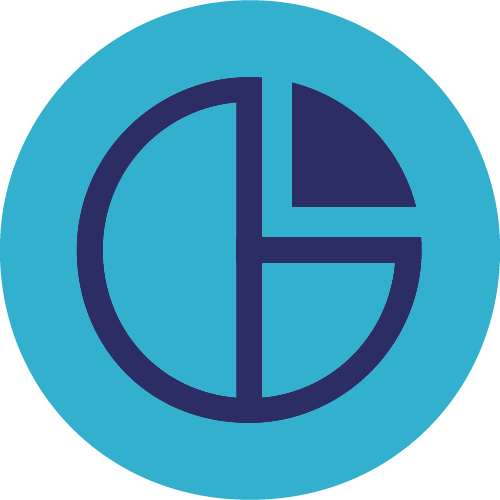Measuring What Matters: Reflection Update
“Where are we now?”
This question continues to be the central theme of conversation as we reflect, dissect and dig into what Measuring What Matters (MWM) programming has been for participants and what it could be for future participants.
In 2021 Good Measure began the process of evaluating our own programming and its ability to serve the needs of the nonprofit sector. We quickly realized that in order to make an impactful shift at reconstructing Good Measure’s first capacity building program for nonprofits through a race, equity lenses, we must partner with the MWM community during all phases of this process.
Though eager and at times impatient to make tangible changes, we were challenged to acknowledge that true race, equity shifts require slowing down and implementing intentional research and evaluation. This meant pausing the relaunch of MWM programming and prioritizing the evaluation. To help us gather feedback, we brought in an outside evaluator, Knology, to use a community-driven evaluation model to gather input from MWM alumni, data leaders and stakeholders. They utilized both tools of surveying and focus groups to develop trust and request stories, while providing stipends to all individuals of the MWM community in recognition of the value of these contributions to Good Measure’s unlearning process.1
“What have we learned?”
At the start of 2022, initial feedback from alumni and partners demonstrated that all Good Measure programs needed to shift from replicating traditional programming structures, to instead prioritizing the creation of programming that is seeded in true community-centric values. This means continuing to ensure that voices from all tables (nonprofits, community members, funders, CEOs, etc.) are heard and engaged, embodying transparency and accountability of past harm and gaps and shifting hierarchical structures of decision-making.
In the late Spring of 2022, we received the final report of the Knology evaluation and decided that in order to embody transparency, we had to do more than just e-mail out the report publicly. Instead, we invited individuals from the MWM and Good Measure community who had participated in the research to attend an evaluation “Now What” session. At this session, we gathered and shared out themes we heard and made room for open dialogue to share back thoughts on this, clarify and ask questions on the information presented.
A few major themes outlined were:
MWM program benefits, both short-term & long-term at the individual and org level
MWM program areas of improvement – where individuals felt disconnected
We need a review of the MWM program curriculum – cohort/mentor structures
We should revise the MWM program application process – length/accessibility
In addition to the many stories and insights from the report, we also were invited to consider the impact of having an external evaluator in our Good Measure space who was not from Central Texas or familiar with the goals and aims of Good Measure programming. We began to recognize there are pros and cons to having an outside evaluator being brought into this space of conducting true community-centric evaluation.
The most obvious issues were the geographic and culture differences amongst the evaluator and the social sector ecosystem of Central Texas. The missing understanding of the legacy of our city’s experiences with racism, different communication styles, and the dynamics of white-dominant leadership all influenced our ability to create true community-led processes. At the same time, we saw the benefit of having perspectives of those who aren’t tied to our programming support our processes to help us identify holes in programming that we may overlook. This led us into a traditional model for evaluation that prioritizes objectivity over relationships. This led to the selection of an evaluation firm from outside of Central Texas that lacked existing relationships with Good Measure stakeholders. We missed an opportunity to build on local relationships.
“Where do we go from here?”
After conducting the June sense-making session, we knew we had to uphold and prioritize the voices of those who had the experience of serving as a past MWM participant. In the past, Mission Capital staff designed the content and led the recruitment of participants for MWM, using existing consulting relationships and existing Good Measure audiences.
As we’ve shared before, Good Measure is embedding equity in its programming through:
Intentional Inclusion
Community-Driven Evaluation
Increasing Access to Offerings
Reflection and Shared Learning
We are now exploring what does it mean for a backbone to support community members who have the rightful decision-making power within Good Measure. This shift in thinking ignited the launch of the Measuring What Matters Programming Committee, where MWM alumni and coaches co-create a space where they share their stories and expertise as individuals and professionals in the Central Texas community to inform and the next phase of Measuring What Matters, relaunching in early 2023.
We are excited about this next phase and will share new updates as we have them for ways to be involved in this new programming. In the meantime, if you have additional feedback or questions, please reach out to us at goodmeasure@missioncapital.org


